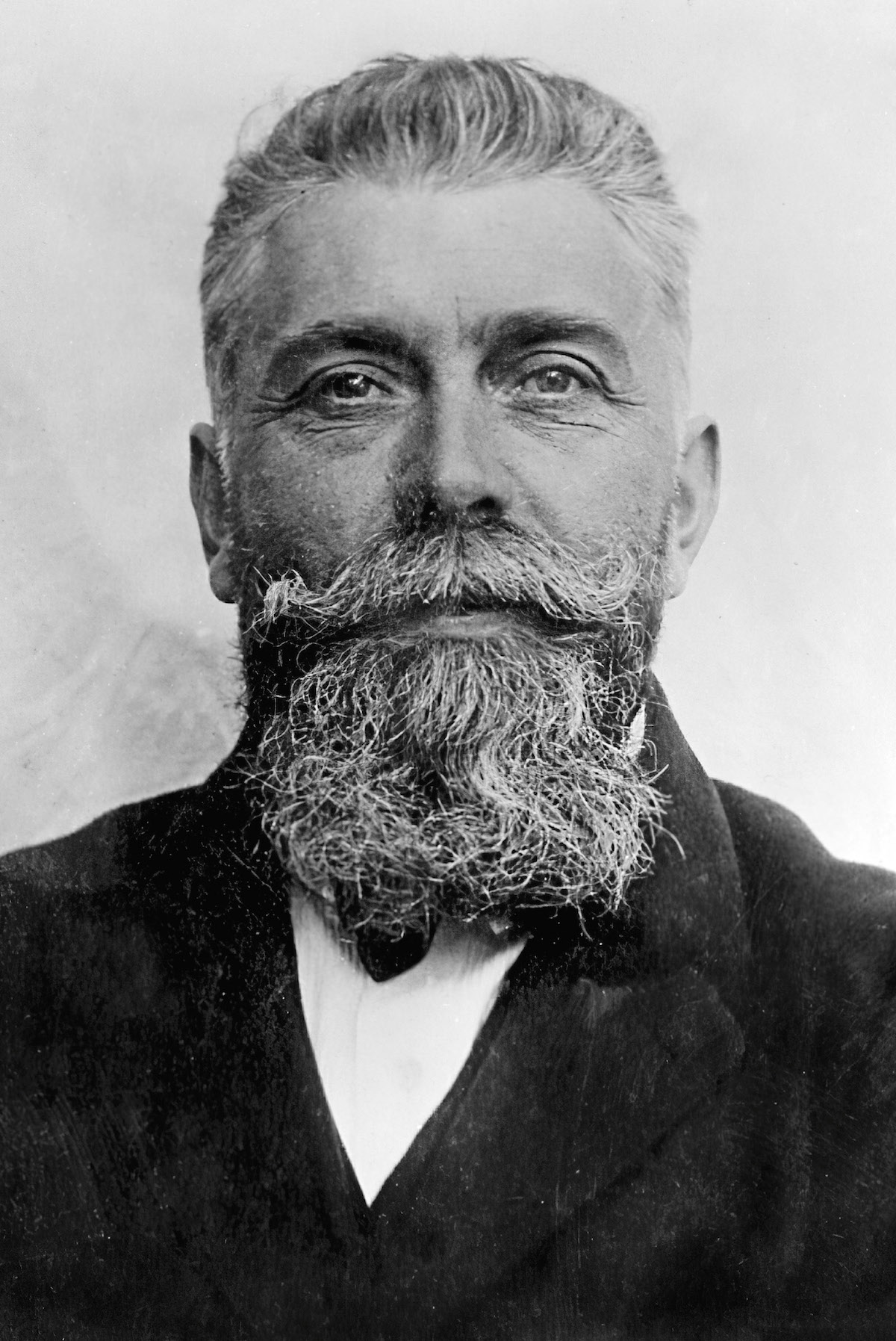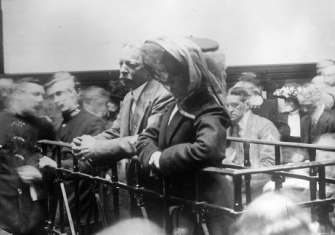The Bruneri-Canella Case
The curious case of an apparent amnesiac in Collegno paved the way for forensic science to become one of the pillars of Italian law.

On 9 February 1927, Giulia Canella opened the morning edition of La Domenica del Corriere to discover that her dead husband had come back to life. She could hardly believe her eyes. Eleven years earlier, on 25 November 1916, Captain Giulio Canella had been leading an attack on Monastir (modern Bitola), when his company came under heavy fire. When the survivors crawled back to their positions, Canella wasn’t there. Some thought they had seen him being taken prisoner after being wounded; under questioning, enemy prisoners later denied having captured him. The most obvious explanation was that he had been killed. Yet when the town was retaken, his body couldn’t be found. The Ministry of War recorded him as simply ‘missing in action’ – and for the next 11 years, nothing more was heard of him.







